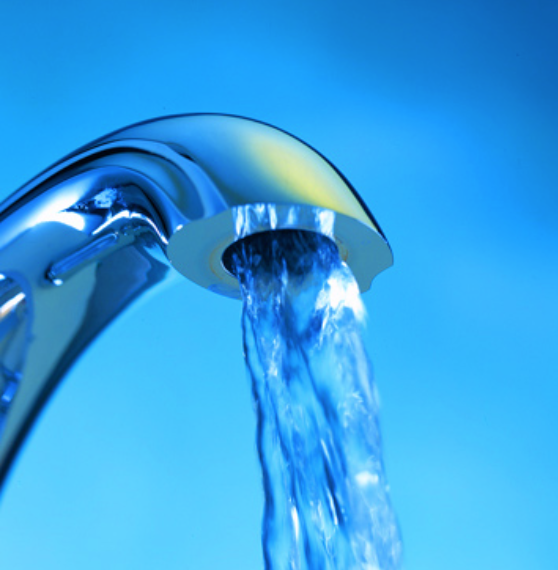The typical Belmont resident will need to dig a bit deeper into their pockets to pay the quarterly water and sewer charges as the combined rate for both services will increase by 4.6 percent in the coming fiscal year that starts July 1.
The average Belmont homeowner who uses 20 HCF (hundred cubic feet) of water every three months will see their expenses jump by a little more than $17 – from the current $372.48 to $389.77 in fiscal 2015 – in their quarterly bill from the town, topping $1,500 for the fiscal year, according to Peter Castanino, director of the town’s Department of Public Works.
Speaking before the Belmont Board of Selectmen on Monday morning, April 22, Castanino told the members the department was successful in keeping the rate hike under the five percent benchmark on all future increases set by the 2010 Water and Sewer Rate Study, this year using retained earnings from the water and sewer accounts above a set minimum amount to run the systems operations and maintenance for 75 days.
Castanino said the rates are greatly influenced by the fixed rates imposed by the Massachusetts Water Resources Authority which supplies the town with water and takes its sewage. That rate is just north of 50 percent of the average bill Belmont residents receive.
He also noted the rate from the MWRA will spike upwards (specifically in 2017 and 2020) due to increases in debt services it took on from the state when it was created.
In addition, the rate increases come as Belmont residents have steadily reduced their consumption of water usage over the past two decades.
But Castanino said with households being more efficient, “when we sell less, water will cost more.”
“Those fixed costs must be covered,” said Castanino.
Castanino said it is likely the department can continue to maintain its five percent limit on annual increases by decreasing the town’s capital reinvestment into the water and sewer infrastructure.
But a temporary decrease in the pace of the town’s effort to replace the 91-miles of water mains and sewer pumping stations crisscrossing town can be accomplished without doing long-term harm to the upgrade, said Castanino.
He said in 1995 the town began replacing every main installed before 1928 or about 38 miles of pipes and the work is now 59 percent complete. In addition, a pair of sewage stations have been replaced and upgrades to the sewage system has been ongoing. Castanino said many towns and cities have yet to establish as program to replace aging mains.
Selectman Sami Baghdady asked Castanino if there could be someway for the town to reward residents for the drastic decrease in water consumption by further dampening rate increases.
Castanino said the one way to do flatten the rate jumps is for the MWRA – which only uses 2/3 of the water it has on hand – to increase the number of communities within its membership so that debt can be spread around a greater number of cities and towns.








Leave a Review or Comment